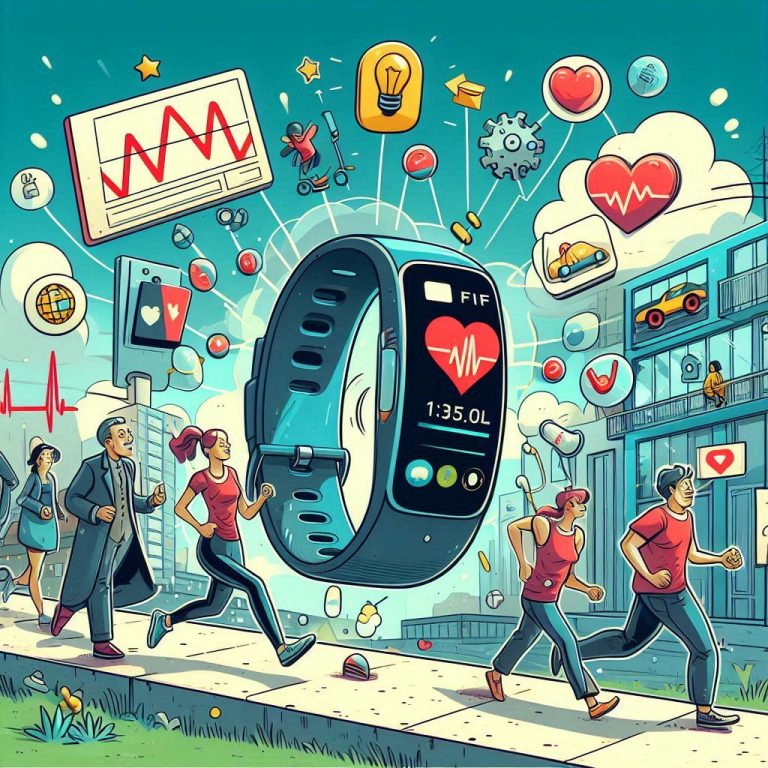In the hyper-connected world of today, where information is the new gold, organizations and individuals alike are always on the lookout for quicker, more efficient means to process and analyze data. It is this desire for speed and efficiency that has created a revolutionary technology called edge computing. So, what is edge computing, and why is everyone talking about it?
What is Edge Computing?
Edge computing is a distributed computing model that introduces data processing nearer to where data is being generated, or “the edge” of the network. In contrast to the conventional cloud computing model, in which data is transmitted to remote data centers for processing, edge computing enables data to be locally processed on devices or edge servers. This reduces latency, decreases bandwidth consumption, and overall improves application performance.
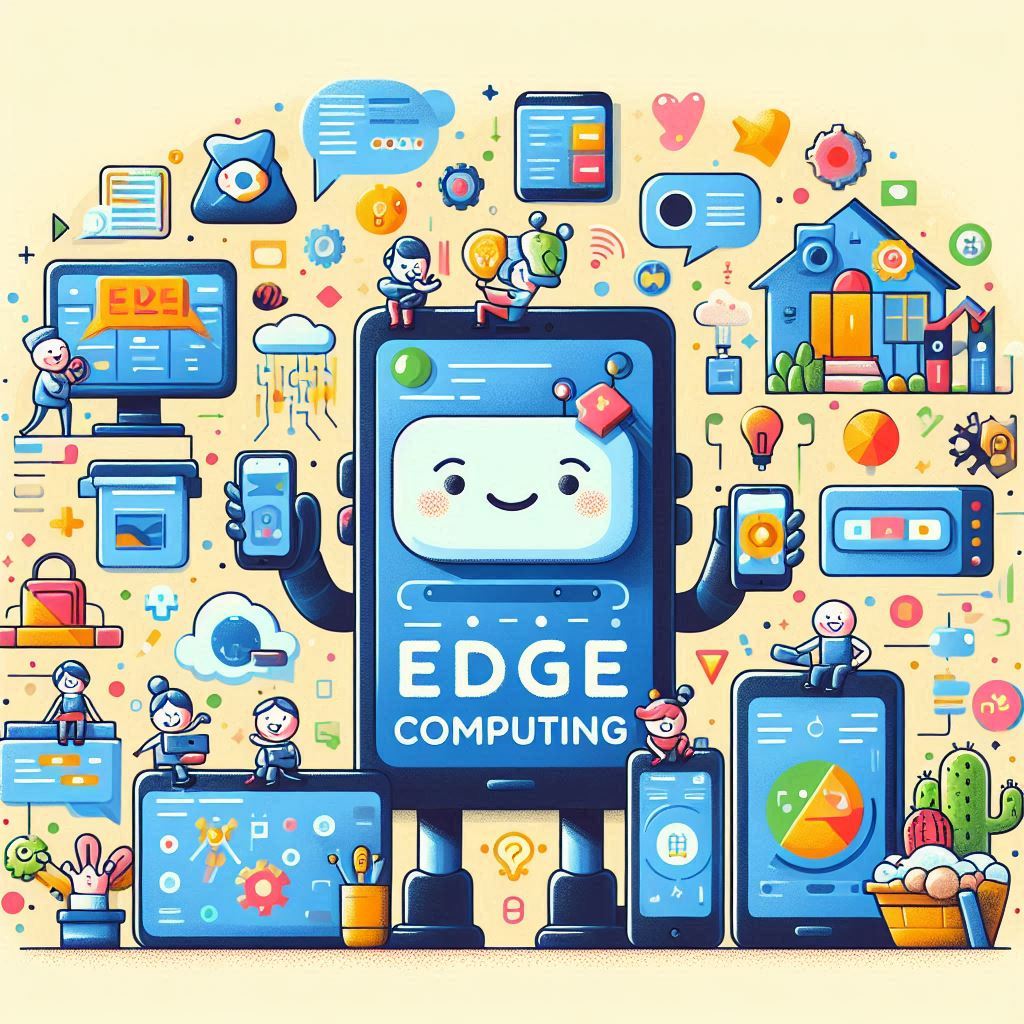
Why is Edge Computing Important?

Reduced Latency: Edge computing reduces the latency of transferring data to and from the cloud because it processes data closer to where it is generated. This is important for applications that require real-time decision-making, such as autonomous vehicles, industrial automation, and smart cities.
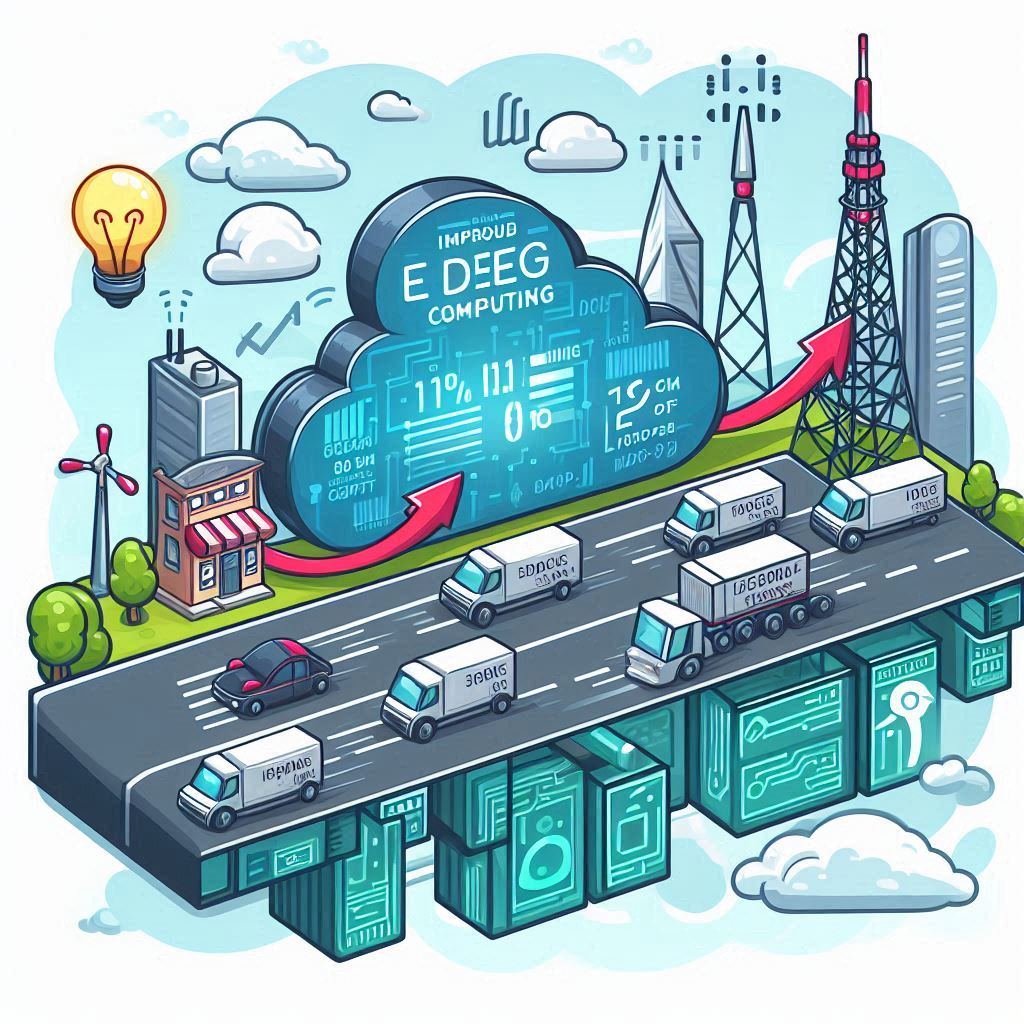
Improved Bandwidth Efficiency: The growing IoT devices, generating data explosively, leave one with little hope of controlling it. By processing data closer to the point of origin through edge computing, less information will have to be transmitted to the cloud, alleviating network congestion, saving bandwidth, and at the same time, reducing the costs of data transmission.

Enhanced Security and Privacy: Edge computing allows sensitive data to be locally processed at the edge, reducing the risk of data breaches and thereby improving compliance with data protection regulations. It is particularly important in medical and finance industries, where data privacy is essential.
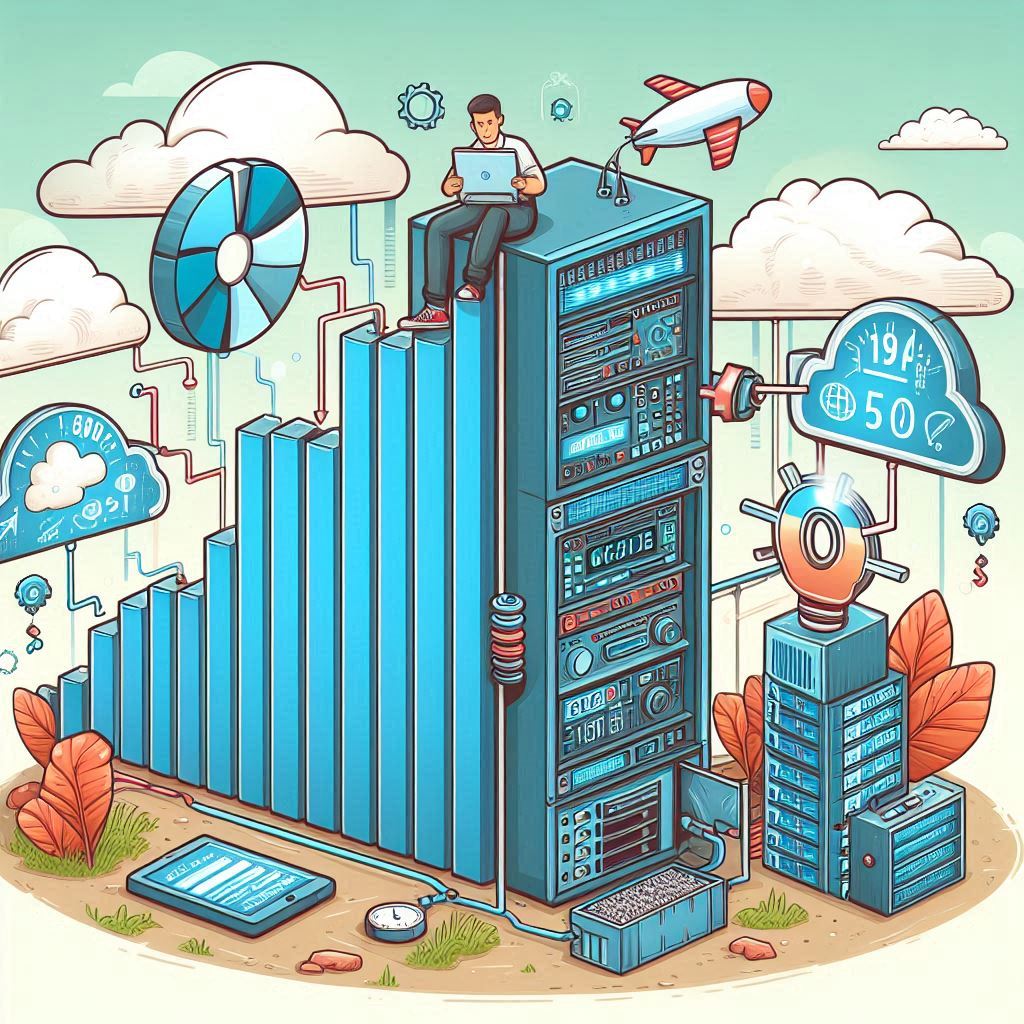
Scalability and Flexibility: Edge computing provides a scalable and flexible infrastructure that can adapt to the ever-changing needs of businesses. By distributing computing resources across edge devices and servers, organizations can easily scale their operations without relying solely on centralized data centers.
Real-World Applications of Edge Computing
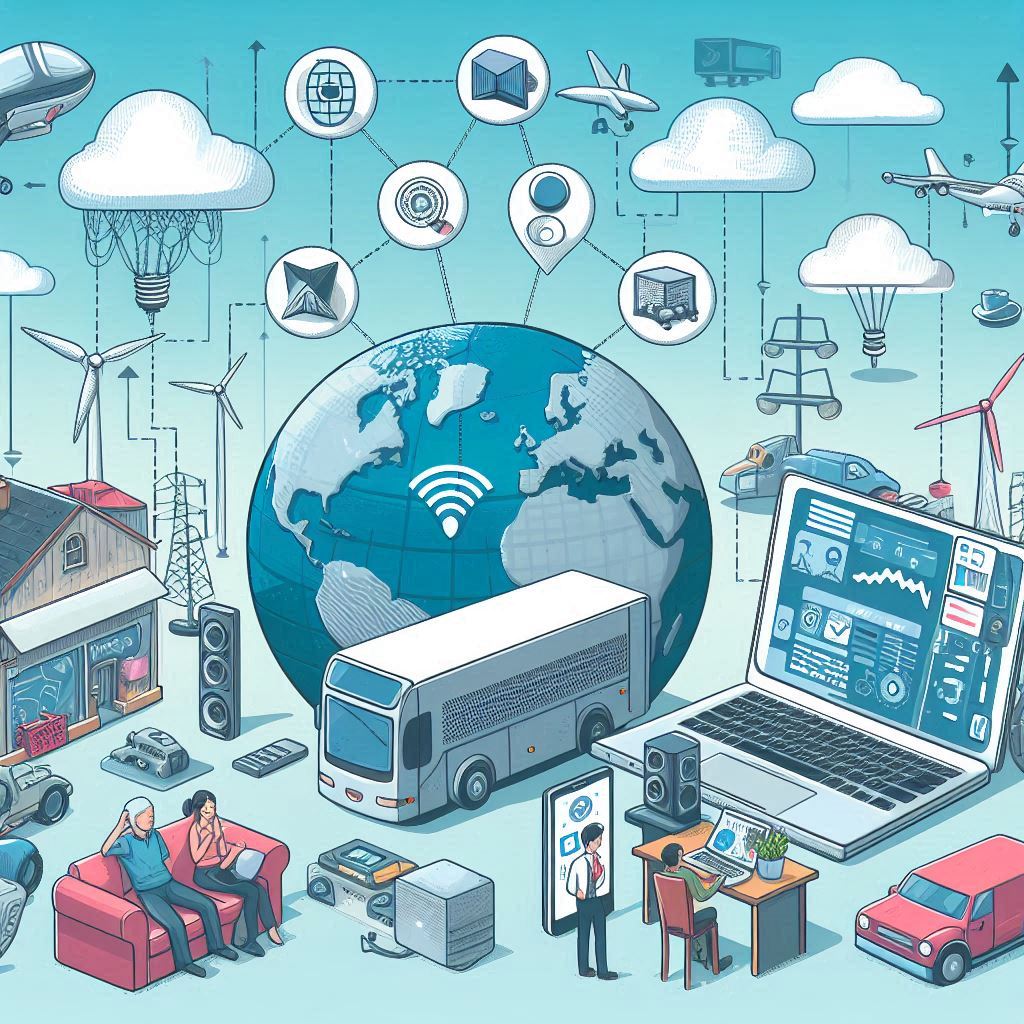
Autonomous Vehicles
Self-driving cars rely on real-time data processing to make split-second decisions. Edge computing allows these vehicles to process data from sensors and cameras locally, ensuring rapid response times and enhancing safety.
Smart Cities
From traffic management to waste disposal, smart cities rely on edge computing to optimize urban infrastructure. By processing data locally, municipalities can implement efficient solutions that improve the quality of life for residents.
Healthcare
Edge computing is a vital part of telemedicine and remote patient monitoring. The processing of medical data at the edge ensures that healthcare providers can deliver diagnoses in a timely and accurate manner, which improves patient outcomes.
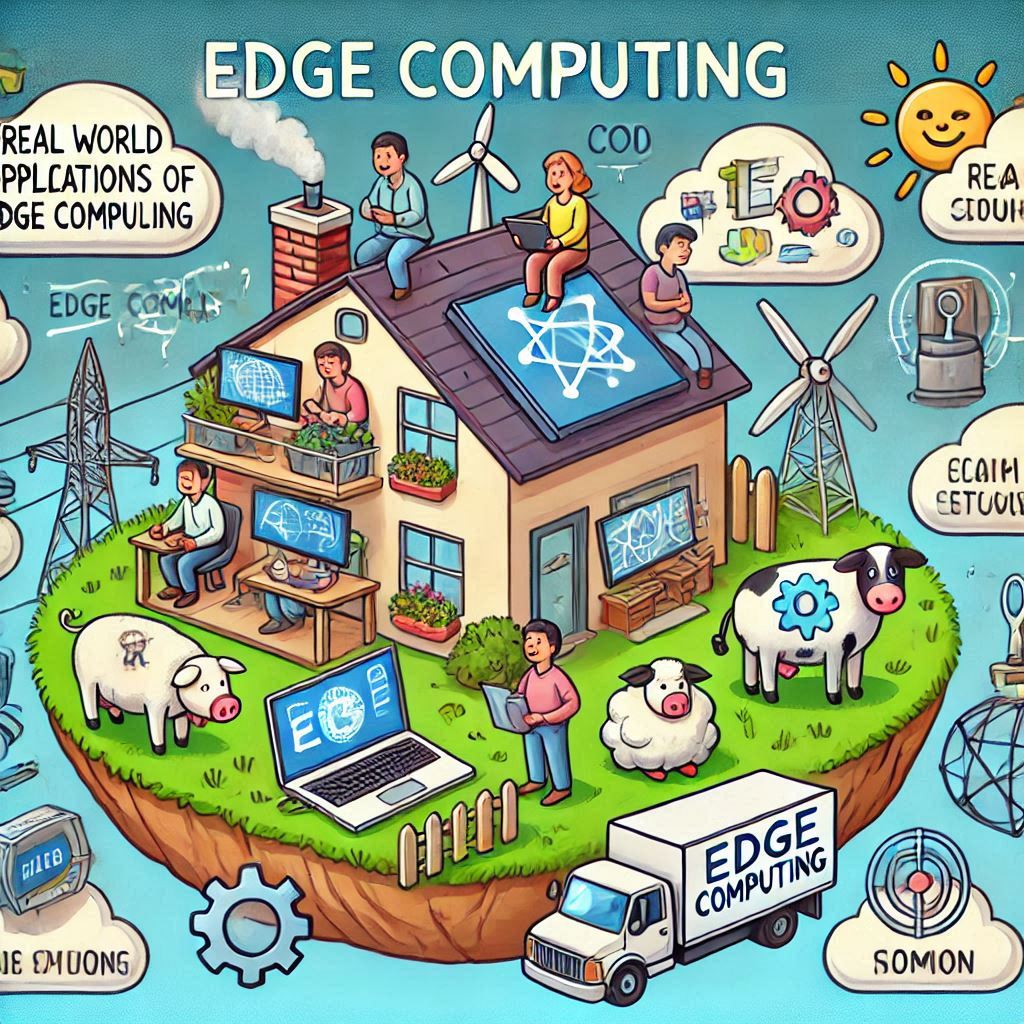

Industrial IoT
Edge computing in manufacturing allows for real-time monitoring and predictive maintenance of equipment. This not only increases productivity but also reduces downtime and maintenance costs.
Retail
The retail industry will use edge computing to provide a better customer experience in-store. Doing this involves real-time processing of data from sensors and cameras, which helps the store optimize inventory management, personalize customer interactions, and improve security.
Agriculture
Smart farming applies edge computing to monitor crop health, soil conditions, and irrigation systems. Local processing allows farmers to make timely decisions that will improve yield and help reduce waste in agriculture.
Energy Management
It uses edge computing in the smart grids monitoring and managing energy consumption. By processing data from the sensors and meters locally, utilities can help optimize energy distribution, reduce outages, and improve efficiency.
Gaming and Entertainment
Edge computing improves the gaming experience by decreasing latency and ensuring smoother play. By processing data closer to the user, real-time multiplayer experiences can be experienced with a reduction in lag.
Edge computing is revolutionizing an array of industries by moving the processing of data closer to its source, making decisions quicker and more effective. As the world continues to develop technology, even more groundbreaking uses will surface.
Challenges and Future Outlook of Edge Computing
Challenges:
Security and Privacy Concerns:
Edge devices generally work in environments that are not as secure as those of the centralized data center. They thus are prone to cyber-attacks and data breaches.
Ensuring privacy of data and adherence to various regulations like GDPR is a difficult task when processed at the edge.

Infrastructure Management:
The orchestration tools should be robust and efficient to handle a distributed network of edge devices.
Maintaining consistency, updates, and monitoring across a number of devices becomes challenging.
Interoperability Issues:
There are a lot of edge devices and platforms, and it is challenging to ensure compatibility and seamless communication between different systems.
Standardization in the edge computing ecosystem is still evolving.
Cost Considerations:
The deployment and maintenance of edge infrastructure can be expensive, especially for smaller organizations.
It is important to balance the cost of edge devices with the benefits they provide.
Limited Processing Power:
Edge devices often have limited computational resources compared to centralized cloud servers.
This can limit the complexity of applications and tasks that can be managed at the edge.
Future Prospects:
5G Technology Advancements:
The 5G networks will significantly improve the edge computing capabilities with faster data transfer speeds and lower latency.
This will open up new applications in areas such as AR, VR, and real-time analytics.
Increased Adoption of AI and Machine Learning:
Integrating AI and machine learning at the edge will enable devices to make intelligent decisions locally.
This will spur innovation in autonomous systems, predictive maintenance, and smart environments.
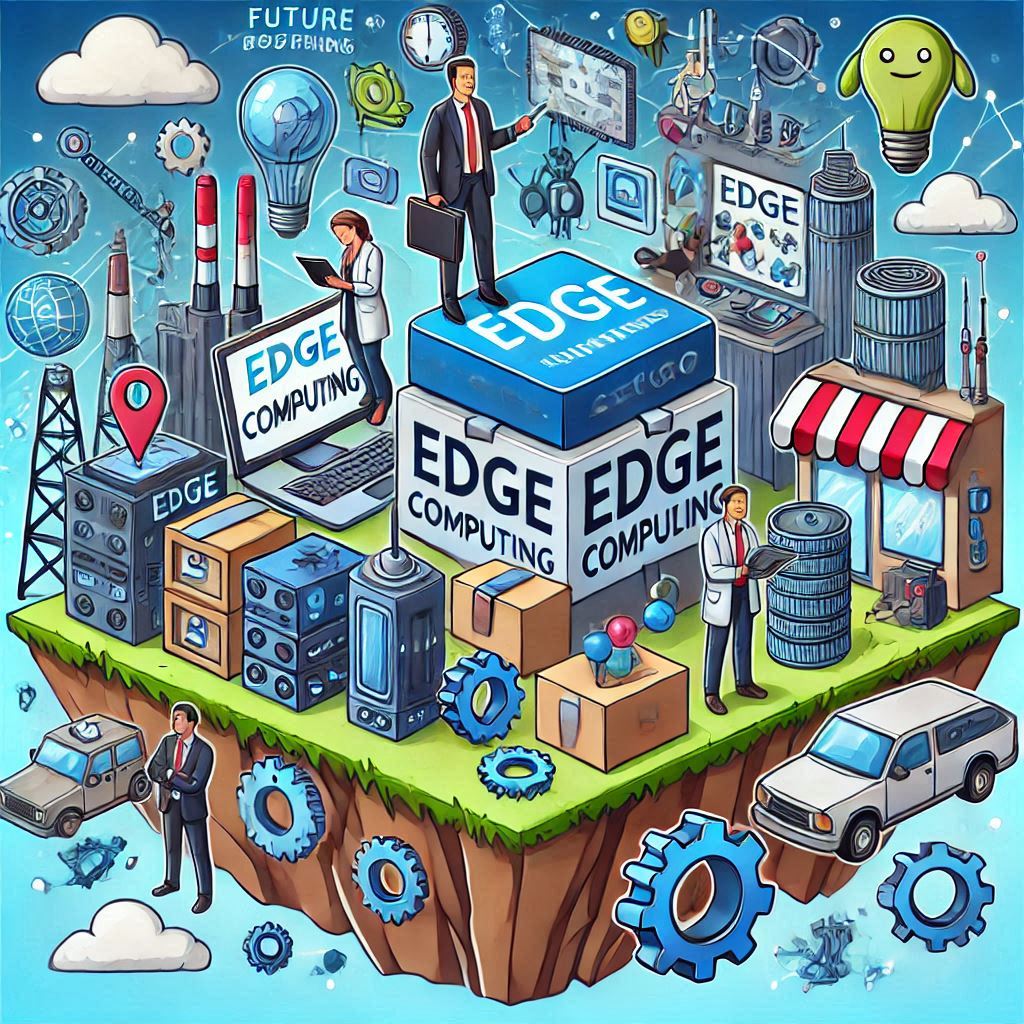
IoT Ecosystem Growth:
IoT devices will remain the driving force for edge computing demand.
Edge computing will serve as a necessary tool for processing the huge chunks of data at edge devices, providing instant insights and actions in real time.
Security will be enhanced by more advanced solutions to the vulnerabilities of edge devices.
New types of encryption and boot mechanisms with anomaly detection mechanisms will ensure safety for the edge computing environments.
Hybrid Cloud-Edge Architectures
There will be increased use of hybrid architectures, fusing the advantages of cloud and edge computing together. Organizations will experience flexibility, scalability, and a more cost-efficient means to deal with data and applications.

Standardization Efforts
Collaborations in industry and standard bodies will create protocols and frameworks applicable for the technology.
This would enhance interoperability and spur wider adoption of edge solutions.
Edge computing, therefore, presents a revolution where processing and the analysis of information are brought as close to sources as possible with the unlocking of new possibilities of wide-ranging use in industries that are increasingly utilizing more data being generated and leaned upon. To this end, edge computing, in the generations of ever-expanding data as well as ever-increasing data reliance, forms a pivotal landmark in the march of technology, connectivity, and communications. Embracing the edge-the future of computing.
You can check more information from these post
Instead of all AI running in centralized data centers…
— GC Cooke (@thegrahamcooke) December 18, 2024
We're moving to "edge computing" – where AI runs directly on devices.
Imagine your smart home devices, cars, and phones all running their own AI models.
The implications are massive: pic.twitter.com/eeihWXXxBY
Subscribe to our newsletter!
